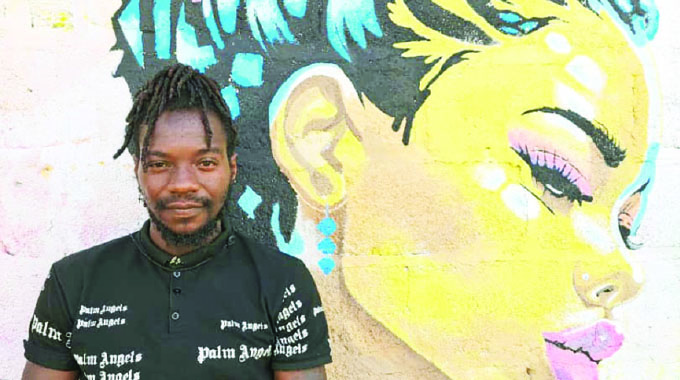Waste management hogs limelight at expo
Tawanda Marwizi Arts Correspondent
Usually when objects have been used in different households or any other place they are dumped at different sites as rubbish because they are no longer useful.
That has not been the case for photographer Laurie MacPherson who directed an exhibition titled “Own Your Rubbish” that officially opened at the National Gallery of Zimbabwe last week.
She is working with other four community groups – The Zee-Bag Project, Shingirirai Trust, The Happy Group – and individual local artists on the project.
Through the exhibition they seek to conscientise and educate people about their personal responsibility to the rubbish we generate and improve attitudes and behaviour regarding the important local and global environmental issues.
The project aims to promote artists and crafts people by showcasing their work and giving them training on new product lines.
Speaking at the launch, Ambassador Philippe van Damme, head of the EU Delegation to Zimbabwe, said the move was in line with the union’s general strategy that was set in 1996.
“Already in 1996 the EU set out a general strategy based on waste on a preferred hierarchy of waste management operations including recycling and reuse, optimum final disposal and improved monitoring. The ‘own your rubbish’ we launch today is fully in line with this general strategy as it involves recycling and reuse,” he said.
He said the exhibition bears testimony to the transformative power of arts, literally and figuratively.
“Through art and talking responsibility for rubbish, the artists are teaching us to take responsibility of our lives and everything consequential to our actions,” he said.
Curator Raphel Chikukwa said it was good that the artists managed to have an exhibition that has a great impact to the society.
“Own You Rubbish” exhibition is useful to the society as it educates people about waste management, thanks to MacPherson and his team for coming up with such an idea,” he said.
MacPherson thanked Culture Fund and EU in partnership with Sweden for their support.
The exhibition had symbolic installation walkway representing and made from the main categories of rubbish namely plastic, glass, tin, aluminium and paper.






Comments